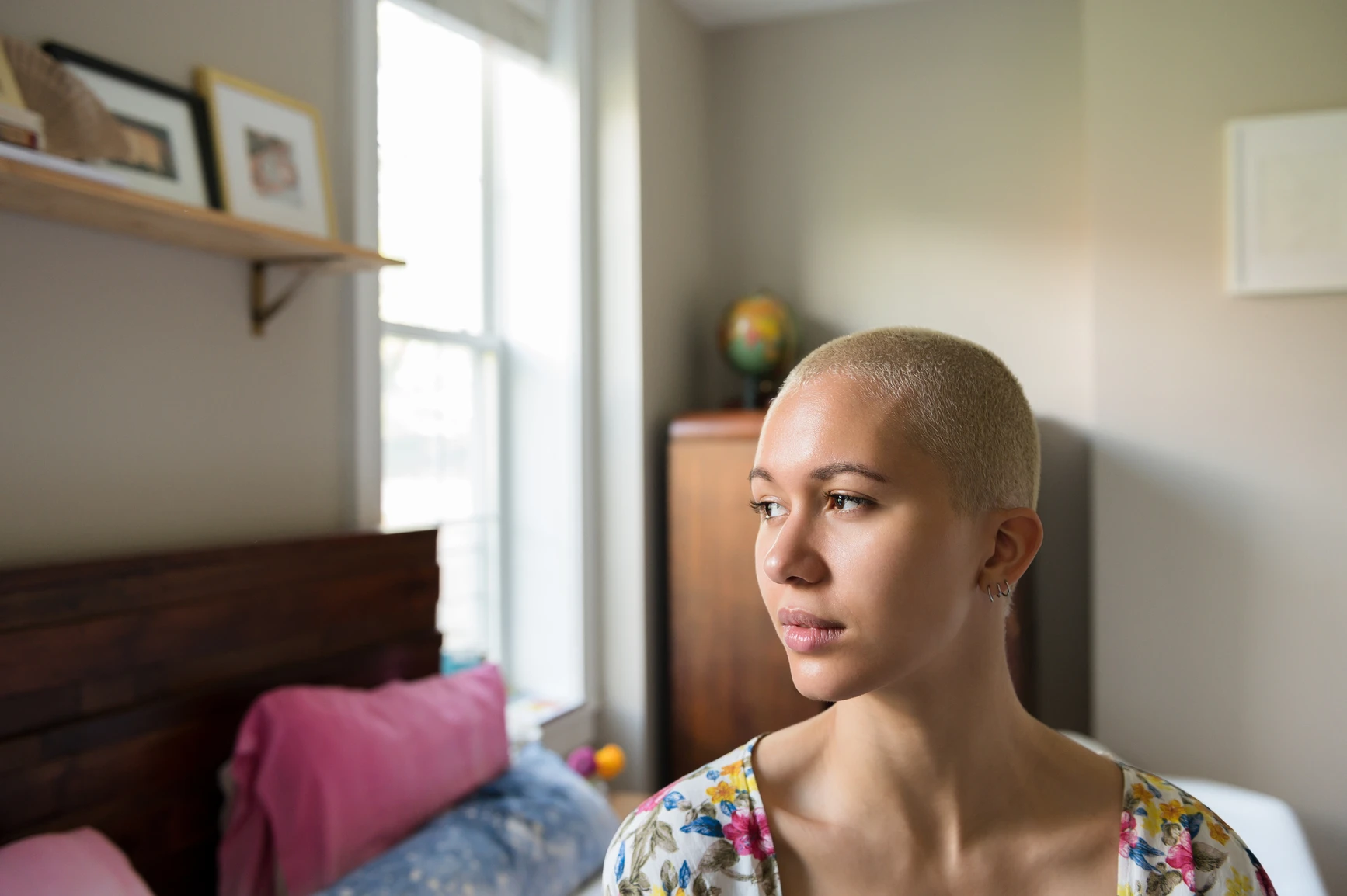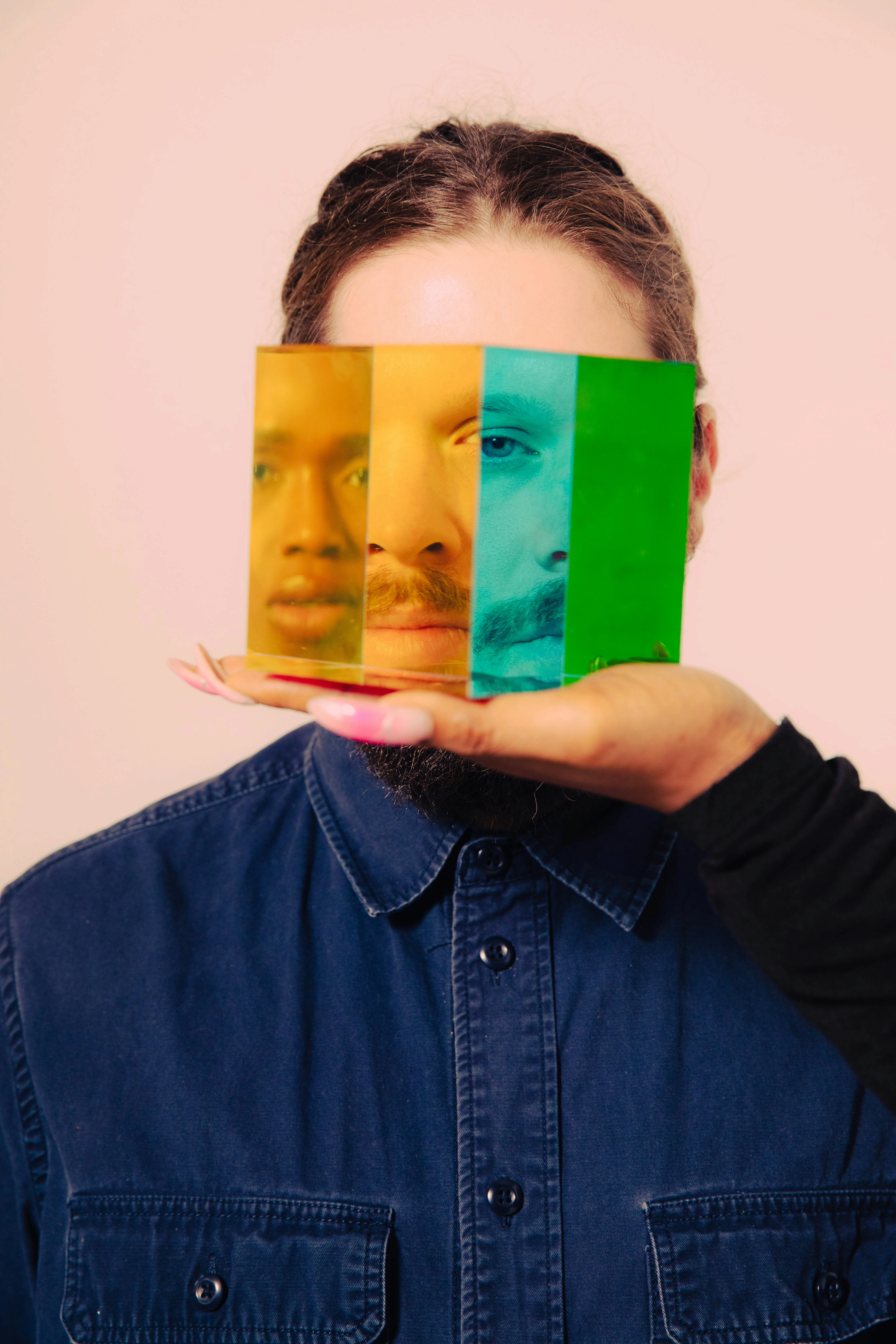Identity
Body Dysmorphia in the LGBTQ Community
Expansive Therapy
What Is Body Dysmorphia?
Body Dysmorphic Disorder (BDD) is a mental health condition where someone becomes obsessively preoccupied with perceived flaws in their appearance—flaws that may be minor or invisible to others. This can lead to:
Excessive mirror checking or avoidance
Social withdrawal
Repetitive grooming or skin picking
Seeking cosmetic procedures
High levels of anxiety and shame
BDD can significantly impair a person’s ability to function and is often misunderstood as simple vanity when it’s actually rooted in deep psychological distress.
Studies show that LGBTQ+ individuals are at higher risk for developing body image issues, including body dysmorphia. Here’s why:
1. Cultural and Social Standards
Mainstream beauty standards—often cisnormative, white-centric, and hyper-gendered—exclude or marginalize queer and trans bodies. This can leave LGBTQ+ people feeling alienated or “not enough.”
2. Gender Dysphoria and Body Image
For transgender and nonbinary individuals, gender dysphoria (distress due to a mismatch between assigned sex and gender identity) can overlap with or exacerbate body dysmorphia. The line between the two can be complex, requiring sensitive, affirming care.
3. Minority Stress
LGBTQ+ individuals often face discrimination, rejection, or internalized homophobia/transphobia, all of which increase vulnerability to mental health struggles, including obsessive body-related thoughts and behaviors.
4. Community Subcultures
Certain LGBTQ+ subcultures—such as the emphasis on muscularity in some gay male circles or thinness in lesbian and femme spaces—can intensify pressure to conform to specific body ideals.
5. Internalized Homophobia
For gay and queer people, many of the messages we receive about our communities growing up and into adulthood become internalized, creating a dark internal cloud of self hatred or shame. This dark cloud often latches onto a certain body part and makes the individual feel like that is the problem, instead of the broader system.
How LGBTQ-Affirming Therapy Supports Healing
Queer-affirming therapy allows LGBTQ people to feel understood, validated, and normalized in their experience of body dysmorphia. Here are the some of the factors and techniques that help the most:
✅ 1. Affirming Identity Without Pathologizing
Queer-affirming therapists understand that distress about one’s body doesn’t always mean the body is the problem—it can also be a reaction to living in a non-affirming world. They recognize and affirm gender identity, sexual orientation, and cultural context.
✅ 2. Distinguishing BDD from Gender Dysphoria
For trans and nonbinary clients, a queer-affirming therapist is trained to differentiate between body dysmorphia and gender dysphoria, allowing for treatment plans that honor both mental health and identity affirmation.
✅ 3. Reducing Internalized Shame
Therapy helps address internalized stigma that may fuel body dissatisfaction. Clients learn to unlearn harmful narratives and replace them with self-compassion and pride.
✅ 4. Creating a Safe, Inclusive Space
In queer-affirming therapy, clients don’t have to educate their therapist about LGBTQ+ issues or defend their identity. This reduces barriers to trust and healing, making therapy more effective and validating.
If you identify as LGBTQ+ and you're struggling with body dysmorphia, you are not alone. Expansive Therapy was founded for the sake of helping LGBTQ people work through issues like body dysmorphia. Reach out for a free consultation today - text 917-426-1521 or email info@expansivetherapy.com.
Want more content like this?
Join our mailing list
Book Your Intro Session With A Therapist
Find A therapist










